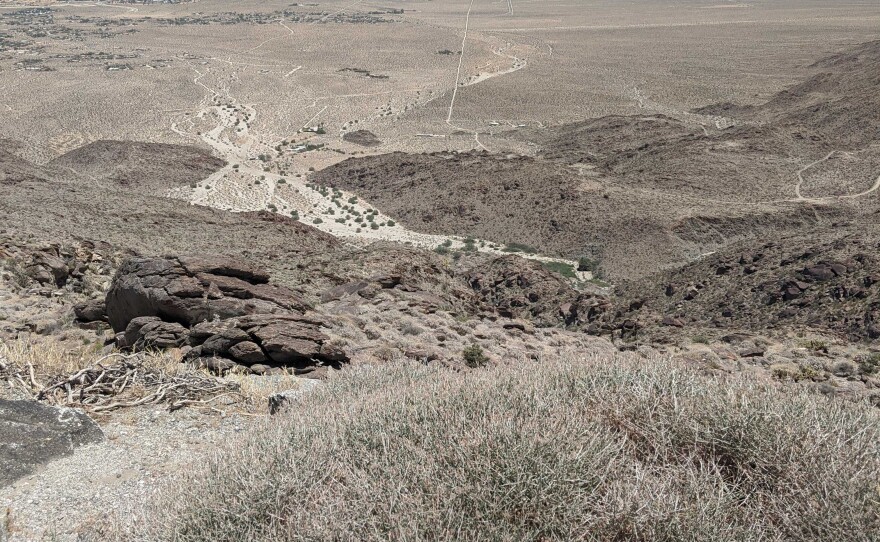Scroll to see Cool Zone locations.
Temperatures will soar into the triple digits in San Diego-area mountain and desert communities over the coming week, as more moderate summertime conditions prevail in coastal and inland-valley locales, forecasters said Tuesday.
Maximum thermometer readings in Borrego Springs and other parts of the arid eastern reaches of the county are expected to climb steadily over the workweek before topping out as high as 120 degrees by Sunday, according to the National Weather Service. In the mountains, temperatures could reach 108, the agency advised.
Due to the potentially hazardous conditions, the agency has issued an excessive-heat warning, effective through 8 p.m. Monday for desert and mountain areas.
Not only will daytime temperatures be sweltering over the period in the hottest spots, but overnight lows will be significantly elevated, especially in the low deserts, according to the NWS.
Due to the predicted extreme heat, Cedar Creek Falls, Eagle Peak trails, the San Diego River Gorge and Three Sisters Falls have been closed until further notice, according to Cleveland National Forest officials.
The NWS advised people in the hottest locations to drink plenty of fluids, stay out of the midday sun and check up on potentially at-risk relatives and neighbors over the course of the heat wave.
Additionally, "young children and pets should never be left unattended in vehicles under any circumstances," the agency advised.
Daytime highs will are excepted to ascend into the 90s in the inland valleys over the period, while mercury readings along the coast should max out in the high 70s Wednesday and Thursday and dip down a few degrees by the weekend, according to meteorologists.







